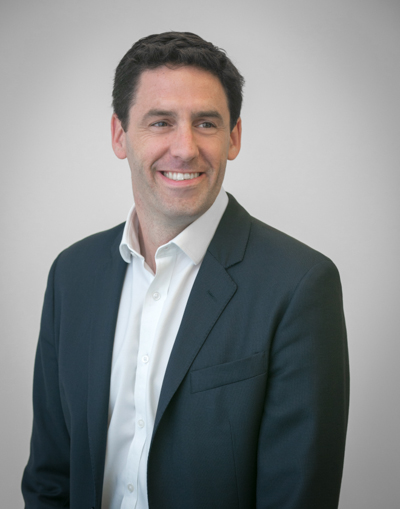
Title: Gresham College and the Advancement of Mathematical Education in England
During the latter part of the sixteenth century, the educational framework of England was significantly lagging compared to that of continental Europe in the realm of mathematical sciences. This gap proved critical at a time when areas such as navigation, cartography, and astronomy were gaining greater significance for economic and political purposes. While mathematical education was previously confined to a select group of specialized scholars, it started to be woven into university curricula across Europe, bolstered by the emergence of new fields like astrology and encouragement from reformist educational movements. Nevertheless, in England — still entrenched in the scholastic customs of Oxford and Cambridge — mathematics struggled to secure its rightful place within formal education.
Even with England’s slow progress, the foundational shifts were gradually being instigated by prominent figures and institutions across Europe. Universities in places like Vienna, Krakow, and Northern Italy began to include mathematics in their syllabi during the fifteenth century, driven primarily by the growing interest in astro-medicine and astrology. Pioneers such as Georg Peuerbach and Regiomontanus positioned Vienna as a center for astronomical research, while astrology, which relied heavily on a solid understanding of geometry and arithmetic, facilitated the establishment of mathematical chairs within medical universities throughout Europe.
Germany continued this movement with Ingolstadt University appointing its inaugural mathematics professor in 1472, followed by Conrad Celtis reinvigorating Vienna’s focus on mathematics. The Low Countries similarly progressed, with Gemma Frisius transforming the University of Leuven into a prestigious center for mathematical education. As Frisius mentored notable individuals such as Gerard Mercator, the English scholar John Dee sought his training, underscoring England’s reliance on the continent for advanced mathematical education.
The Reformation period further expanded these developments. Philipp Melanchthon highlighted the importance of mathematics within the new Protestant educational framework, connecting it to theological concepts through astrology. By the late sixteenth century, the Jesuits, led by Christoph Clavius, had incorporated mathematics into Catholic education, thereby solidifying its role in continental educational programs.
Amidst this flourishing scene, England’s foremost universities remained entrenched in outdated scholasticism. It wasn’t until 1619 that Henry Savile, a scholar educated abroad, financed the establishment of chairs for astronomy and geometry at Oxford, marking a pivotal moment for formal mathematical education in England. Cambridge continued to lag until the endowment by Henry Lucas in 1663, which established the Lucasian Chair of Mathematics—a position later famously held by Isaac Newton.
Prior to these institutional advances, practical mathematics training largely occurred through informal or freelance initiatives by early proponents like John Dee, Thomas Harriot, and Thomas Allen. Dee, for example, studied under Frisius and Mercator before unsuccessfully attempting to introduce advanced mathematics into English academia. Harriot, lacking formal university credentials, educated mariners in navigation and mathematics for Walter Raleigh.
A significant moment arose in 1588, when private citizens appointed Thomas Hood as the first Mathematical Lecturer for the City of London, tasked with delivering navigation lessons. Although these lectures likely did not capture the attention of their intended audience of mariners and merchants, they marked a growing acknowledgment of the necessity for formal mathematical education.
The aspiration for a lasting institution materialized with the establishment of Gresham College in 1597, driven by the London merchant and financier Sir Thomas Gresham. In his will, Gresham bequeathed funds and facilities to create seven professorships, including those in Geometry and Astronomy. His goal was to offer free public lectures — in English — on practical and scientific topics to ordinary citizens, a significant departure from the traditional Latin-centric academic approach. This initiative embodied Gresham’s conviction, shaped by his mercantile and financial experiences in Antwerp and other European hubs, that mathematics and science were essential for societal advancement.
Despite ambitious intentions, early lectures at Gresham likely faced low attendance from their target demographic of merchants and sailors. Nevertheless, some professors made impactful contributions. Henry Briggs, the inaugural Gresham Professor of Geometry, worked alongside John Napier to simplify and popularize logarithms. He also advocated for Edward Wright’s significant advancements in navigation. Edmund Gunter, who held the Gresham Professorship in Astronomy, became well-known for inventing navigational tools and was succeeded by Henry Gillibrand, whose research revealed that magnetic declination changes over time.
Christopher Wren, well-known for his design of St Paul’s Cathedral, also held the position of Gresham Professor of Astronomy before taking on the Savilian Professorship at Oxford. Other notable Gresham alumni included mathematician Isaac Barrow and polymath Robert Hooke, who later became the first Curator of Experiments for the newly established Royal Society.
Indeed, Gresham College’s enduring impact lies in its capacity as an intellectual hub fostering collaborative relationships among mathematicians, natural philosophers, and experimenters. Briggs initiated informal meetings of engaged scholars in his college rooms, a practice that his successors would continue. These gatherings functioned as forerunners to the Royal Society, England’s premier scientific organization, which was formally established in 1660 following a